LITTLE CROW
TAOYATEDUTA

Leader of the Dakota

GWENYTH SWAIN

2004 by Gwenyth Swain. All rights reserved. No part of this book may be used or reproduced in any manner whatsoever without written permission except in the case of brief quotations embodied in critical articles and reviews. For information, write to the Minnesota Historical Society Press, 345 Kellogg Blvd. W., St. Paul, MN 551021906.
Borealis Books is an imprint of the Minnesota Historical Society Press.
www.borealisbooks.org
The Minnesota Historical Society Press is a member of the Association of American University Presses.
Manufactured in the United States of America
10 9 8 7 6 5 4 3 2 1
 The paper used in this publication meets the minimum requirements of the American National Standard for Information SciencesPermanence for Printed Library Materials, ANSI z39.481984.
The paper used in this publication meets the minimum requirements of the American National Standard for Information SciencesPermanence for Printed Library Materials, ANSI z39.481984.
International Standard Book Number 0-87351-502-1 (cloth)
0-87351-503-x (paper)
978-0-87351-982-3 (ebook)
Library of Congress Cataloging-in-Publication Data
Swain, Gwenyth, 1961
Little Crow: leader of the Dakota / Gwenyth Swain.
p. cm.
Includes bibliographical references.
ISBN 0-87351-502-1 (hardcover : alk. paper)
ISBN 0-87351-503-X (pbk.: alk. paper)
ISBN 978-0-87351-982-3 (ebook)
1. Little Crow, d. 1863. 2. Dakota IndiansKings and rulersBiography. 3. Dakota IndiansWars, 18621865. I. Title: At head of title: Taoyateduta. II. Title.
E99.D1L733 2004
978.0049752430092dc22
2003019913
Now what have we? Why, we have neither our lands, where our fathers bones are bleaching, nor have we anything. What shall we do?
LITTLE CROW/TAOYATEDUTA, 1852

ACKNOWLEDGMENTS

T HE AUTHOR wishes to acknowledge the contributions of many individuals and organizations to this book.
For their willingness to read and comment on the manuscript in progress, I thank the following members of the Dakota community, descendants of Taoyateduta: Dr. Elden Lawrence, Reverend Floyd Heminger, and LeeAnn TallBear. All tried to help me understand traditions and concepts that for a non-Dakota are difficult to grasp. Any misrepresentations of Dakota life that remain in this book after their help reflect only my failure to understand.
For their helpful comments on the manuscript in progress and for generous sharing of expertise on historical and other topics, I thank the following individuals: Laura L. Anderson, University of Oklahoma; Marcia Marshall; Shannon Pennefeather; Sally Rubinstein; Thomas Shaw, Historic Fort Snelling; and Tim Talbott and Dan Fjeld, Lower Sioux Agency Historic Site.
For research assistance, I acknowledge the following people and places: Tim Glines, Minnesota Historical Society; the reference staff of the Minnesota Historical Society library; the staffs of the Lower Sioux Agency Historic Site and Fort Ridgely; and Alan Woolworth.
For their support of this project from its inception, particular thanks go to the staff of Borealis Books and to Debbie Miller.
And many thanks to my husband, Vince Dolan.
Map of the Upper Midwest circa 1862, showing five major groups of the Dakota nation.

LITTLE CROW


INTRODUCTION

D IFFERENT CULTURES often have different names for the very same things. The village the Dakota Indians called Kaposia is now part of a place white people named South St. Paul, Minnesota. Sometime around 1810 a Dakota baby was born at Kaposia. White people in Minnesota called him Little Crowwhen they werent calling him the devil or other names just as bad. Little Crow wasnt his name at all, but a poor translation into French and then into English of his grandfathers name, Cetanwakanmani , which means Charging Hawk in the Dakota language.
Canoes float on the Mississippi River near a Dakota village, most likely Kaposia, in about 1846. Painting by Seth Eastman.
The boys mother probably gave him his first name. When she held him in her arms, she would have called him Chaska (first-born son) or Michinkshi (my son). But she knew he was destined for great things and would certainly earn a different name by the time he was a man. It was no great surprise, then, when he was named Ta-o-ya-te-du-ta. In English Taoyateduta means His Red Nation. It was the kind of name one might give to a leader.
For many years, Taoyateduta was impatient to live up to his name. In the end, however, his name seemed to mock him. Taoyateduta became the leader of a war that scattered the Dakota people across the prairies, forcing most of them to leave their homeland, Minnesota, far behind. By 1862, his red nationthe Dakota nationwas deeply divided. And the life Taoyateduta had known seemed to be dissolving into the golden prairie sunset.

CHAPTER 1

A Dakota Boy
The half-grown boys & the dogs of the Indian village are the greatest pests it has been my fortune to meet. Very dirty, very ugly & very mischievous.
FRANK MAYER, 1851
They told me that their nation had always lived in the valley of the Mississippithat their wise men had asserted this for ages past.

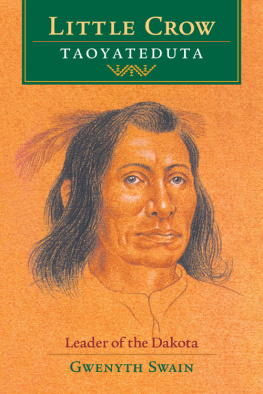
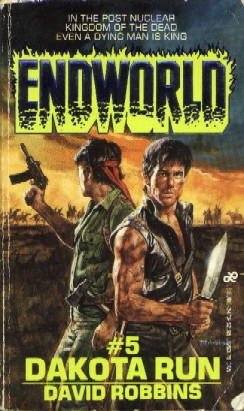

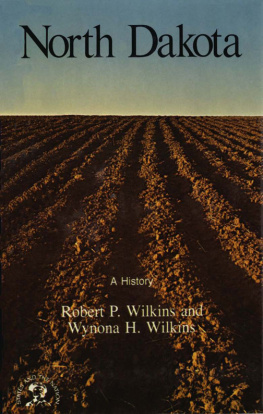

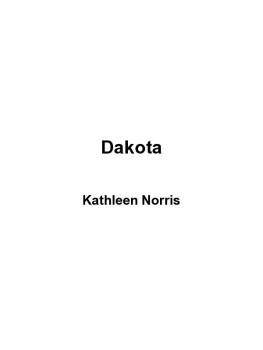

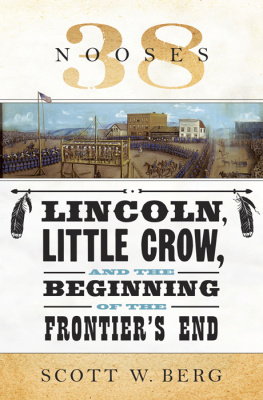
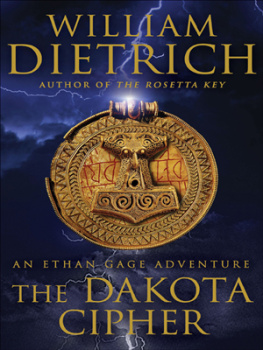
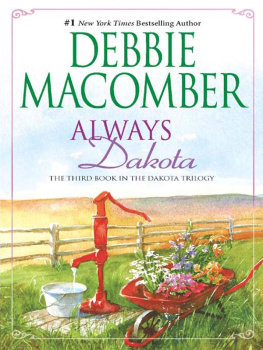
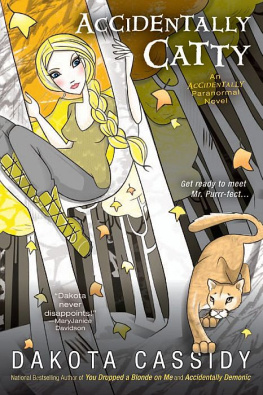



 The paper used in this publication meets the minimum requirements of the American National Standard for Information SciencesPermanence for Printed Library Materials, ANSI z39.481984.
The paper used in this publication meets the minimum requirements of the American National Standard for Information SciencesPermanence for Printed Library Materials, ANSI z39.481984.
